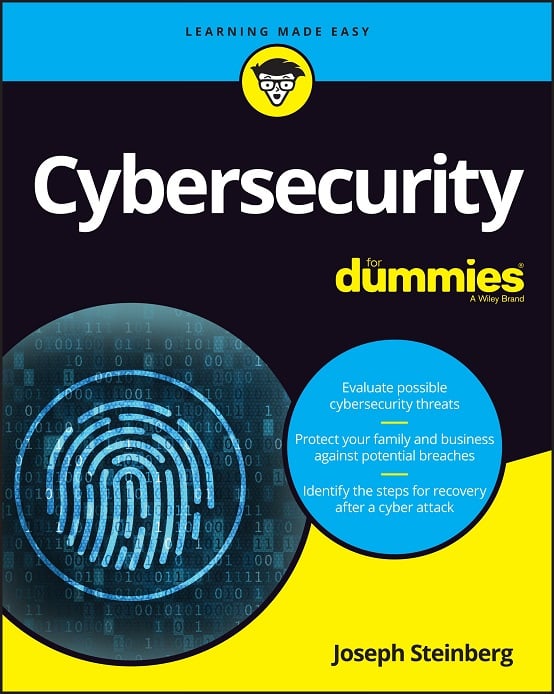How to Avoid Being Scammed When Giving Charity
Giving Tuesday has arrived… and, so have many criminals who seek to exploit people’s sense of generosity.
While evildoers perpetrate charity-related scams throughout the year, they know that the holiday spirit in general, and the concentrated focus on charity on Giving Tuesday specifically, both improve their odds of success. During this time of year, therefore, we must be extra vigilant to ensure that our charity dollars reach proper destinations and actually do good, rather than enrich criminals.
Here are 9 ways to protect against charity-related scams:
1. Confirm that a charity is real
Before you give to a charity that is soliciting donations but about which which you know very little, confirm the entity’s worthiness with the Better Business Bureau, Charity Navigator, or another legitimate charity information service.
2. Do not open the door for door-to-door solicitors
Opening the door for strangers is dangerous. Ask would be visitors to leave information about the charity for which they are collecting, and research it online.
3. Always use outbound communications
Initiate contact with a charity via its website/listed phone number/physical address/official social media accounts; never send payment details to anyone who initiates contact with you and claims to represent a charity. If you receive an email or text message soliciting money, do not respond; lookup the charity online and contact it directly. If someone calls you requesting a donation and you are interested in giving, do not provide relevant information to the caller – instead, politely indicate that, for security reasons, you will call the number on the charity’s website in order to make a contribution (and don’t forget to do so). Some folks suggest simply asking callers to send them information via the postal service; such an approach is acceptable as long as the caller already has your address, but, be careful not to give callers information that they do not already have. (Please note: A scam charity can also mail you solicitations – so do your diligence before sending back any money.)
4. Question any charity that claims to be a “100% charity”
If a charity claims that 100 percent of donations go toward charitable purposes, consider asking how such an accomplishment is possible. Does the charity operate with no budget? Who is paying for the phone line used to make solicitations, and/or for the charity’s website?
5. Beware links (as always!)
Do not click links in any messages sent to you that appear to solicit charitable donations – whether the requests arrive by email, text message, or social media message – scammers often use such messages to install malware and/or inflict other harm.
6. Use credit cards for donations
Whenever possible, make contributions using a credit card rather than a debit card, cryptocurrency, check, or cash. If you find out that a contribution was made under false pretenses, you can dispute the relevant charge. Using one-time credit card numbers is even better, both to prevent fraud and to help authorities catch criminals.
7. Check addresses
US based charities should have US-based physical addresses. Also, note that most non-university charities use .org addresses, not .com or .edu.
8. Check content for professionalism
Sizeable charitable organizations employ professionals; relevant physical and online collaterals should appear as such. Spelling mistakes, grammar mistakes, misuse of idioms, writing that appears to have been auto-translated or written without a knowledge of “how people actually speak,” or photos that don’t seem to match allegedly-related content are all red flags.
9. Do not trust photos (or videos) on their own
It is easy to such materials from legitimate charities, and to manipulate them for reuse as part of a scam. Also, keep in mind that image links could point to malware-spreading sites.
Have a safe Giving Tuesday!













 CyberSecurity for Dummies is now available at special discounted pricing on Amazon.
Give the gift of cybersecurity to a loved one.
CyberSecurity for Dummies is now available at special discounted pricing on Amazon.
Give the gift of cybersecurity to a loved one.